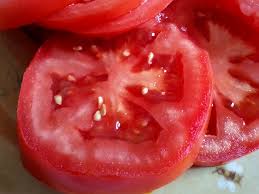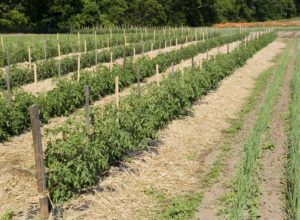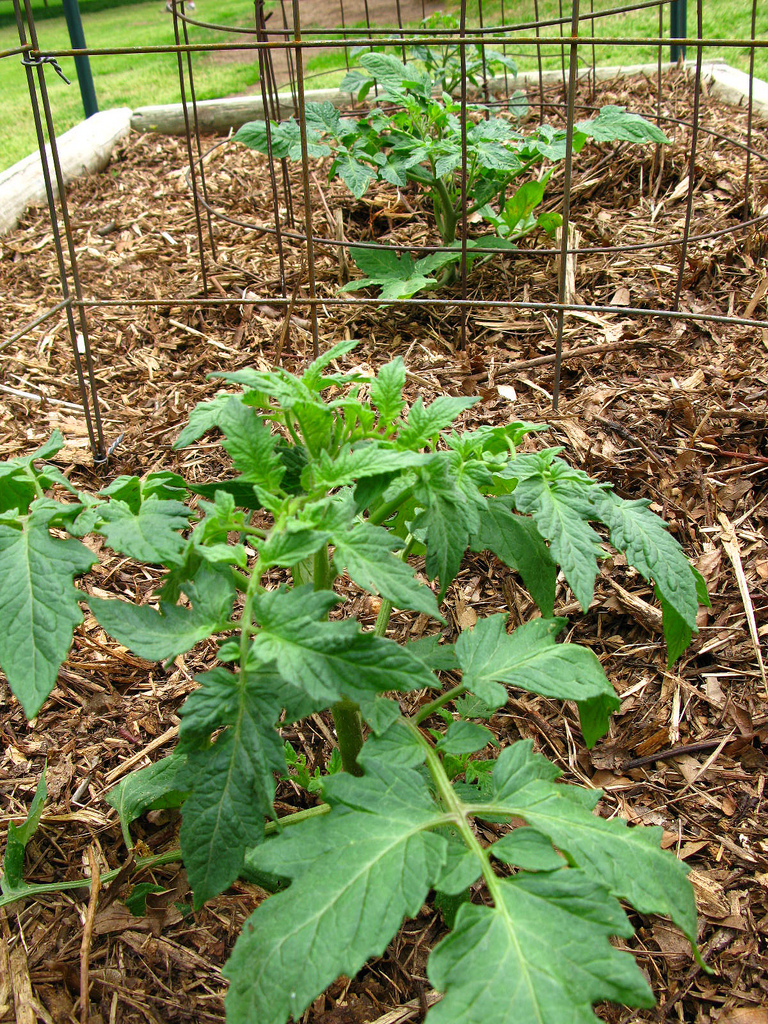Planting Tomatoes

We are SO READY for HOME GROWN TOMATOES! It’s been a long winter and cardboard tasting tomatoes are now the bane of our existence… We’re ready for some delicious, juicy, lip smacking, HOME GROWN TOMATOES that we can slice thick and eat on a BLT or a good ole mater sandwich with mayo…nothing better! And don’t forget those outrageously good fried green tomatoes because you just can’t wait on the ripe ones. But first we’ve got to get those plants in the ground, so we can enjoy the fruit of our labor…pun intended.

Heirloom variety tomatoes – best flavor
There are several ways to plant tomatoes and all of them place most of the plant under the soil. The deeper you plant the stem, the more roots will be formed and the stronger the plant will be. Here are the two ways we plant our tomato plants:
1. Dig as deep a hole as possible so that all of the root and most of the stem are underground.
2. Dig a trench (like water for a small water pipe) horizontally in the ground and then bury the root and most of the stem in the ditch, leaving only the top of the plant showing above the soil. The plant will straighten up with the sun and all of the stem will grow additional roots to make it stronger. These two methods will ensure a stronger plant because the root system will be more developed and stronger
Here is a video by MHP Gardener who gives some tips on trenching tomato plants:
https://www.youtube.com/watch?v=GDA4FuOosXw
Tomato Terminology….
Do you know what the term “determinate” tomato plant means? Determinate tomatoes grow to a specific height and are usually developed from a hybrid seed.

Determinate Tomatoes
An “indeterminate” tomato plant will grow and grow and grow to an undetermined height and is often of the heirloom variety.

Indeterminate Tomatoes
Want to learn more about sustainable living and growing your own healthy food? Follow us on Facebook at www.facebook.com/stoneycreekfarmtennessee/


